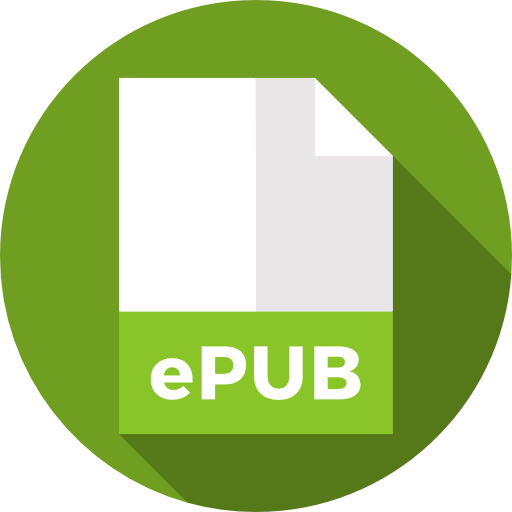
An International Publisher for Academic and Scientific Journals
Author Login
Scholars Journal of Applied Medical Sciences | Volume-13 | Issue-05
The Production of Colony-Stimulating Factor (CSF) by the Peripheral Blood Cells Factors by Leukemic Leukocytes
Sajeda Sultana, Md. Selimuzzaman, Md. Abdul Wohab
Published: May 3, 2025 |
314
187
Pages: 1020-1026
Downloads
Abstract
Aberrant production of colony-stimulating factors (CSFs) by leukemic leukocytes represents a critical mechanism in leukemia pathophysiology. This study investigated CSF production profiles across acute myeloid leukemia (AML), acute lymphoblastic leukemia (ALL), and chronic myeloid leukemia (CML) compared to healthy controls. Leukemic cells demonstrated significantly elevated spontaneous production of G-CSF, GM-CSF, and M-CSF, with distinct patterns characteristic of each leukemia subtype. This observational study was conducted over a two-year period (January 2022 to December 2023) in the Department of Paediatric Haematology and Oncology at Bangladesh Shishu Hospital & Institute, Dhaka, Bangladesh. A total of 115 patient diagnosed with acute myeloid leukemia (AML, n=42), acute lymphoblastic leukemia (ALL, n=38), and chronic myeloid leukemia (CML, n=35) were enrolled in this study. Flow cytometric analysis revealed that 28.7% of AML blasts and 42.3% of CD34+CD33+ leukemic stem cells expressed intracellular G-CSF. Functional studies confirmed that leukemia-derived CSFs enhanced normal progenitor proliferation, an effect partially neutralized by anti-CSF antibodies. Inhibition studies identified NF-κB as the dominant regulator of G-CSF production in AML, while p38 MAPK predominantly controlled M-CSF production in CML. Clinically, G-CSF levels correlated with blast count in AML, while M-CSF levels predicted disease progression in CML. These findings establish dysregulated CSF production as a hallmark of leukemic cells with significant implications for understanding disease pathogenesis and developing targeted therapeutic strategies that disrupt autocrine and paracrine signaling in the leukemic microenvironment.


